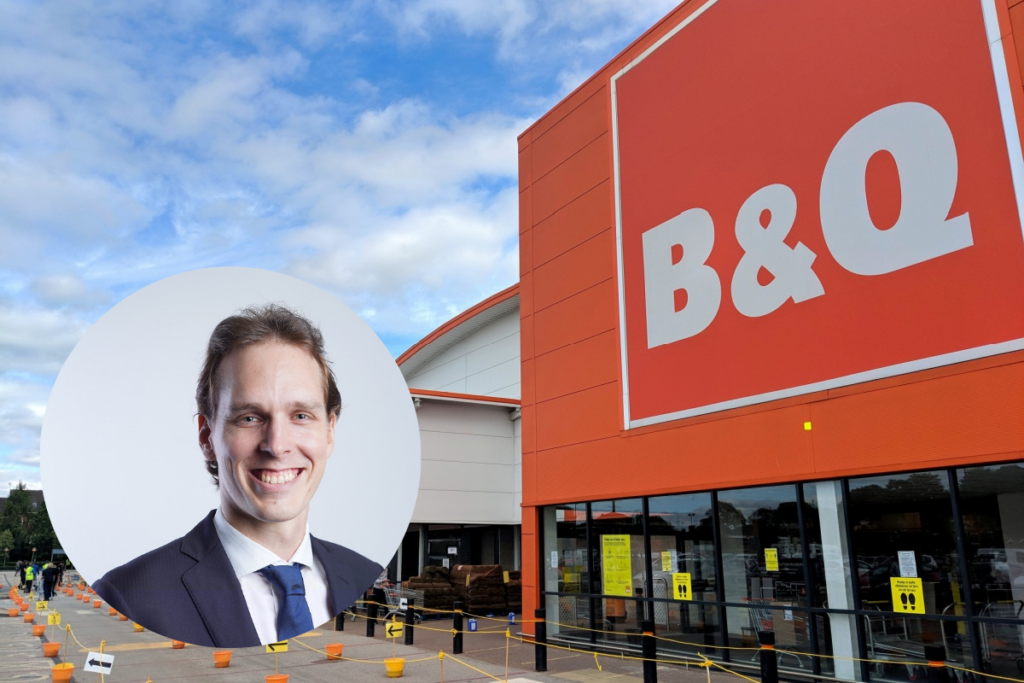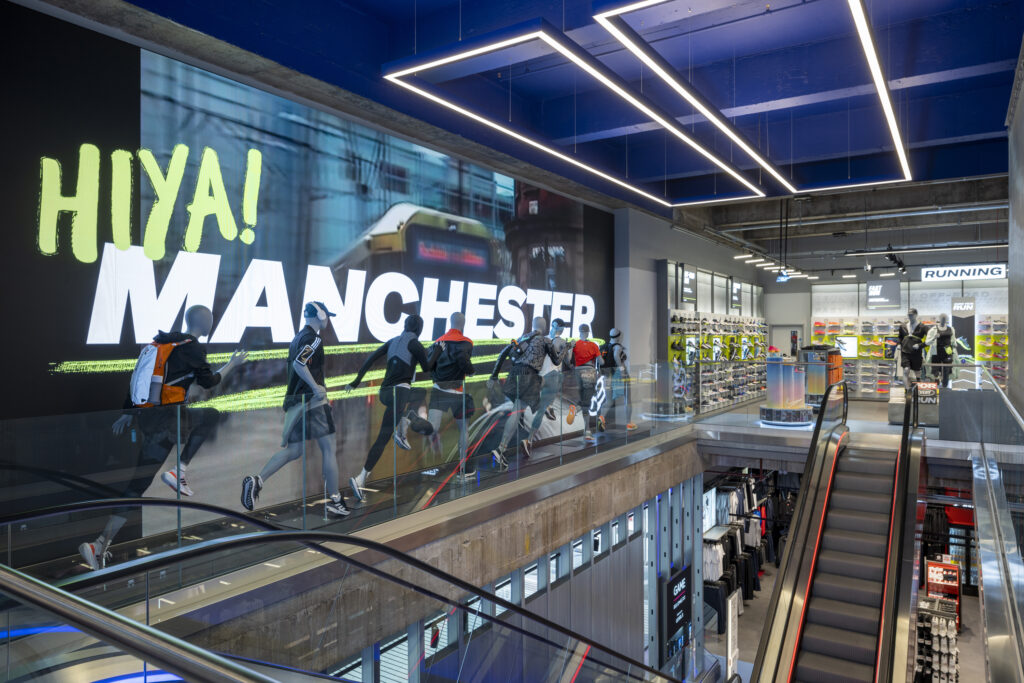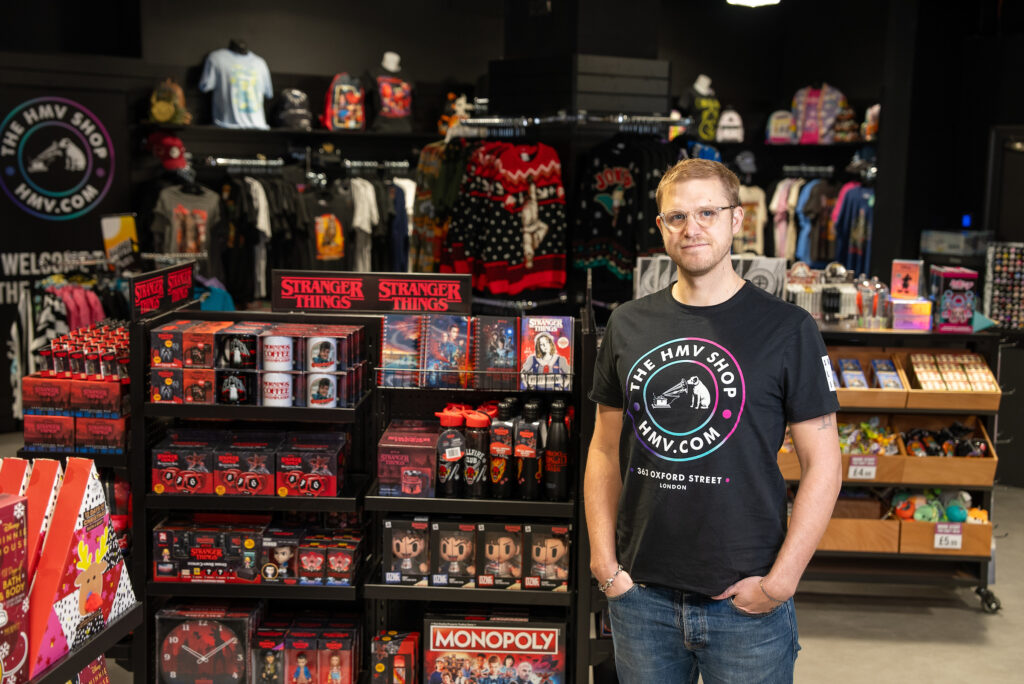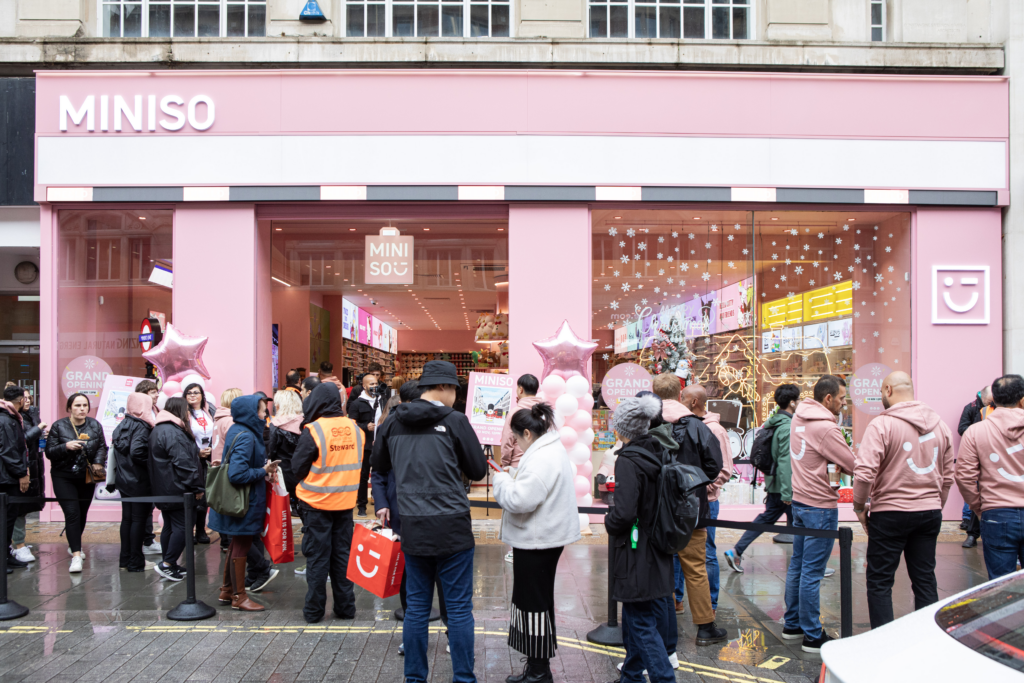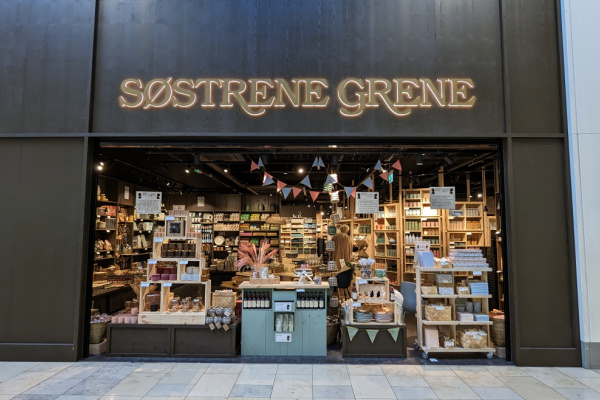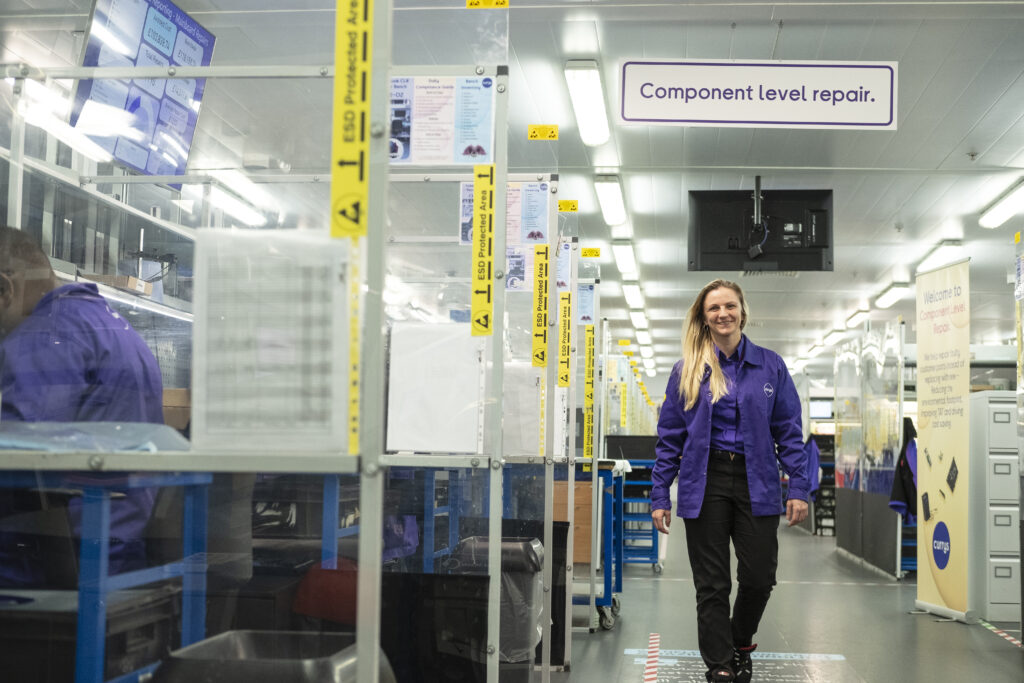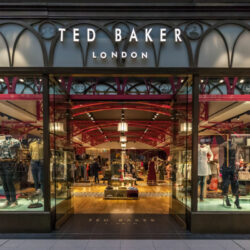Network Rail is perhaps not a name you‘d usually associate with retail. But with 19 consecutive quarters of growth in its retail arm, it is a name that should solemn be ignored by retailers.
As Network Rail‘s head of retail, Daniel Charles highlights that “what we have had and is to our benefit is constant footfall”.
With a portfolio of many of the country‘s busiest railway stations including Waterloo, St Pancras, London Bridge and Euston in London, alongside Birmingham‘s New Street, Edinburgh Waverly, and Manchester Piccadilly station, the organisation‘s retail potential in footfall terms alone becomes apparent.
Charles and his team are on the frontline of these travel hubs, attempting to utilise the massive but specific retail potential they hold. The huge retail transformations over the past decade or so in leading locations has prompted exponential growth in Network Rail‘s retail arm.
“The development of stations over the last 15 years probably under the banner of Network Rail has been massive,” Charles told the Retail Gazette.
“The opportunities as well as what we‘re trying to do as a company as well as a retail team are fantastic. I‘ve been witness to and a party of the development of St Pancras, Kings Cross, Waterloo Balcony Scheme, Birmingham New Street and obviously the biggest scheme now which is going to be London Bridge.
“(Footfall) does go up and down slightly depending on what is going on but it’s normally pretty strong. That gives us an incredibly good base on which to work from. We know we have those people so let‘s start looking at what we can do to provide a further experience for them.
“Retail is there to support Network Rail in terms of driving additional income.”
“People are time precious. They haven‘t got time to browse in shops. Whereas at the station now you then realise that if we could provide a convenient offer that was wide enough to meet a lot of the customers’ and passengers’ demands, we knew we could drive our business further forward,” Charles continued.
“By the investment that Network Rail allowed us, we‘ve been able to do bigger and wider schemes, letting us provide a bigger and wider convenient offer to the consumer. They know they can come to the station and find a supermarket, they‘ll find a coffee shop, they‘ll find a health and beauty retailer.”
Getting retail right in these locations is easier said than done, and has taken years of practice and research to perfect.
Not only do potential customers have a unique time constraint and retail need, but retailers must also navigate limited space. On top of all this, Charles and his team must ensure the station comes first.
“One of the things we have to work out from a station point of view is actually a hierarchy of needs,” he said.
“We‘re unfortunately tight on space, we‘re not like airports where they can have massive retail experiences. We‘re limited by the curtilage of the station. So, we have to ensure the safety and clear operational aspect of the station first.
CLICK HERE to read more Big Interviews
“Retail then is there to support Network Rail in terms of driving additional income. It‘s also there to provide support for the consumer and the customers and the passengers.
“The tenant mix is absolutely crucial to that, and that‘s part of how the development of a station has come on over the last 10 to 12 years,” Charles continued.
“Whereas before we thought that every penny spent in our station was by the commuter, we‘ve now understood that from a passenger point of view our biggest spenders are the business men and women, and are the people visiting family and friends.
“We understood that actually a lot of people using our stations, I know it sounds a bit stupid that it took so long to realise, see them as a key hub for people that work and live locally.
“Instead of just having small 100sq ft kiosks, wouldn‘t it be great to provide a retail offer over a bigger space, that gave people the opportunity to meet up for a coffee or a meal or a drink or browse some retail offerings instead of just using it to get on a train.
“In some ways that time and pressured individual is saying well I can get to the station and I can grab dinner for tonight, I can grab a bottle of wine and some headache tablets. They don‘t need to leave the office at lunchtime and get to the high street, they can now do it on their way home. I think that‘s been the underpinning of why we‘ve been successful in building the business.”
“We try to make sure we work with the new brands, for some of them coming into a station is quite a daunting process”
For many retailers, this is a completely new concept. A key advantage for retailers who take the plunge on a railway station outlet over a traditional high street store is that both landlord and retailer have the same goal.
More sales in the retailers at these stations means more investment back into Network Rail and more opportunities for expansion. The pair work in harmony to ensure retail sales are maximised, and it is Charles‘ responsibility to guide retailers through this new retail world.
“We try to make sure we work with the new brands, for some of them coming into a station is quite a daunting process,” he said.
“These people only have five minutes to get in and get what they want and get out. Although they love the idea of the high level of customer service they still want that quick, fast but good service.
“I‘d love to say that we have 500 units that are absolutely perfect. There are some of the big brands that we‘ve worked with over the last five or 10 years in stations that fed airports.
“When you wanted to buy a particular item, they were selling it in a large size. When you actually get to the airport you have to bin it.
“Why don‘t you make the product the size that is allowed through security? It wasn‘t that they were doing anything wrong, they were very successful. Little advances like that made a big difference.
“We‘ve worked with some of our retailers to make sure they are offering what people are purchasing and want to buy. They‘ll know from sales records what their top lines are, what are people usually going to buy?
READ MORE: Big Interview: Jace Tyrrell, CEO, New West End Company
“We also look at how do we increase dwell and how do increase penetration? If we can increase both then both of us will benefit. How we try to increase dwell is by providing the right brands and the selection of offer. When they pass that threshold, we work with them to make sure they convert that person walking into the door into a sale.”
The draw of consistent and heavy footfall is a big draw for many retailers, but setting up shop in a busy station has its share of pitfalls, and there are no guarantees of success.
Nineteen consecutive quarters of growth is a tough record to beat, and regardless of footfall numbers, consumers confidence is experiencing a downturn.
Although it‘s hard to see how Network Rail‘s retail offering won‘t be affected, its range of shops offering essentials, travel must-haves and places to simply kill time before a journey have Charles optimistic about the future.
“I wouldn‘t be doing the job I‘m doing now if I didn‘t see continual growth in the future,” he stated.
“We still have a lot more work to do, we haven‘t got it all right. A lot of our stations are pretty old, a lot are listed.
“It‘s hard sometimes to change and evolve because, taking Kings Cross for example, that was a Grade 1 listed building. We have to work very closely with our partners to even get into these stations.
“I look to the future in terms of London Bridge. We have a huge investment going into the station.”
Click here to sign up to Retail Gazette‘s free daily email newsletter



